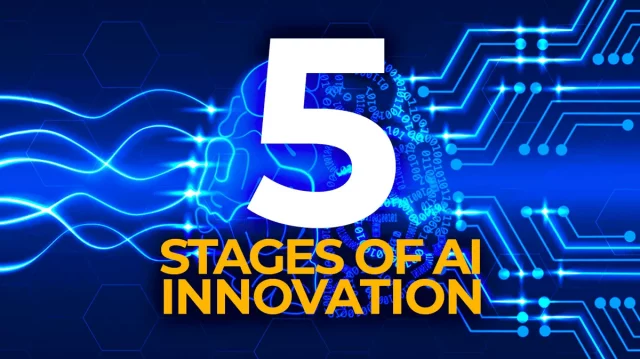

In the most recent episode of the “Digital Pathology Place” podcast, Ben Cahoon, Techcyte’s CEO, talks about the path to innovation in AI that guides their development. Currently, Techcyte algorithms are phase one developments: they count and classify target objects, and present them to skilled operators. In this first phase, automation and accuracy are the goals. An example of this is our white and red blood cell digital differential. This core test will soon lead to bone marrow aspirates, fine needle aspirates, inclusion bodies such as malaria.
Many tests however produce negative (normal) results, as in the fecal ova and parasite testing, where 95% of tests are negative (nothing to report). However, those negative results must still be reviewed. Phase two builds upon AI’s ability to classify and count, and the goal in this phase becomes reducing the need to look at the negative cases altogether, and only focus on the positive (problematic) ones.
Phase three is when we will be able to present a diagnosis to an expert, who will then just confirm the proposed diagnosis. It’ll be very, very quick. This exciting evolution will combine the image analysis technology with reference knowledge and big data to provide diagnoses to experts for review.
In phase four development, we aim to use inexpensive tests based on AI to eliminate more expensive tests. For example, a blood smear in hematopathology could very potentially eliminate the need for costly flow cytometry.
The final, fifth phase in AI development at Techcyte is where AI is used to perform tests where microscopy is not currently the gold standard. An example of this is sepsis, where today it is commonly tested via PCR, which is slow and expensive. We are confident that by using morphological abnormalities to identify features that humans don’t readily recognize that the platform will be able to detect sepsis.
Today, as Techcyte moves forward with regulatory approval of their phase one tests, we look forward to the coming evolution, innovation in AI, and the benefits that this powerful technology will enable us to bring to market.